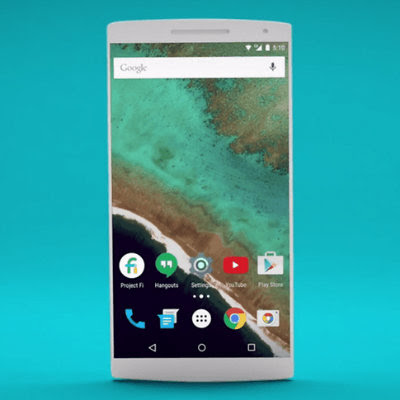Google is planning to launch two Nexus handsets by the end of this year. One of these handsets is going to be the successor of Nexus 5 (2013) which was manufactured by LG.
This time also, the Mountain View company has joined hands with the South Korean giant LG to make this year's Nexus release a great success. According to reports, the Nexus 5 (2015) is going to be the flagship device for Android M. The new Nexus 5 is expected to come with a 5.2-inch QHD display and powered by Qualcomm's new Snapdragon 810 processor with 3GB RAM.
A bigger sized Nexus phablet manufactured by Huawei is also being expected to be launched during the end of this year. It is expected to arrive with a 5.7-inch display and a Snapdragon 810 processor under the hood. It is very likely that Google's next Android iteration, version M will also simultaneously launch with Nexus 5 (2015) at the end of the year.
This time also, the Mountain View company has joined hands with the South Korean giant LG to make this year's Nexus release a great success. According to reports, the Nexus 5 (2015) is going to be the flagship device for Android M. The new Nexus 5 is expected to come with a 5.2-inch QHD display and powered by Qualcomm's new Snapdragon 810 processor with 3GB RAM.
A bigger sized Nexus phablet manufactured by Huawei is also being expected to be launched during the end of this year. It is expected to arrive with a 5.7-inch display and a Snapdragon 810 processor under the hood. It is very likely that Google's next Android iteration, version M will also simultaneously launch with Nexus 5 (2015) at the end of the year.

Comments
Post a Comment